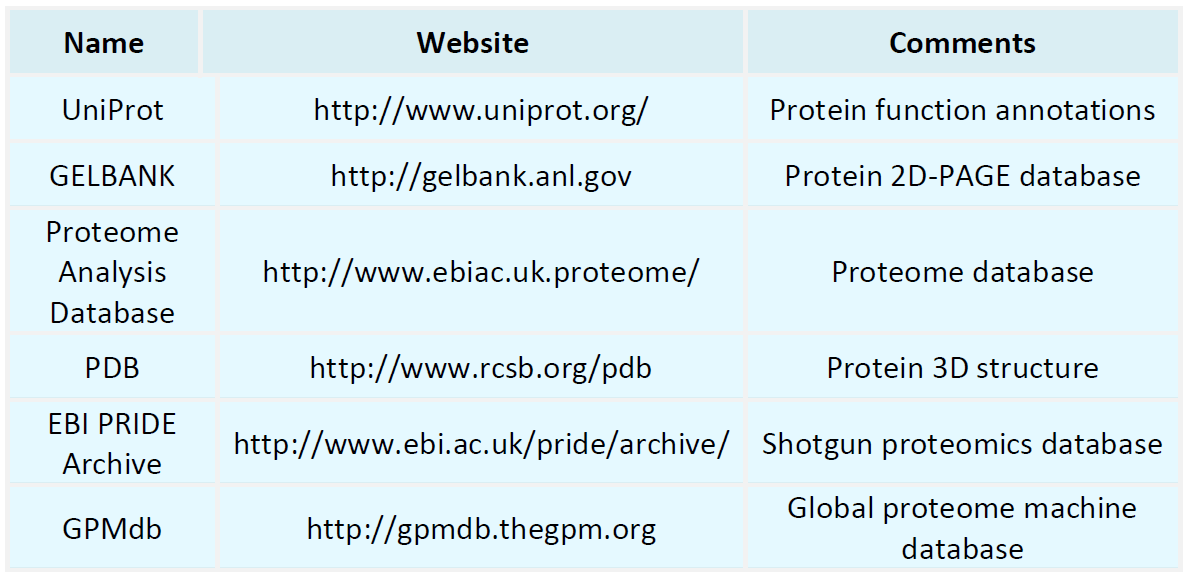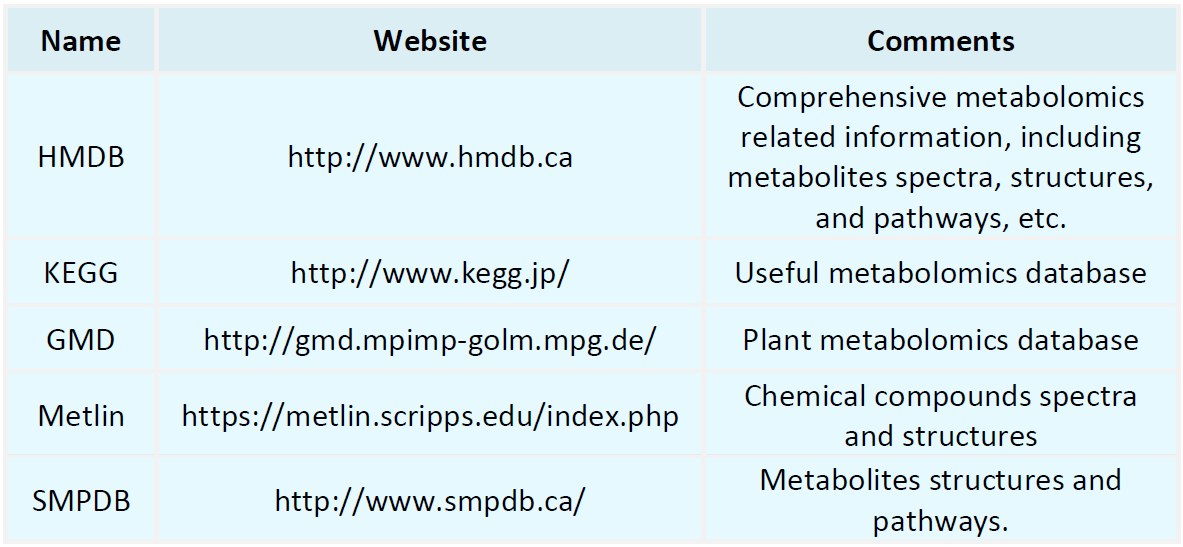Resources
Proteomics Databases

Metabolomics Databases

-
• What Is DIA and SWATH? Understanding Data-Independent Acquisition in Proteomics?
Mass spectrometry is a core technology in modern proteomics research. The choice of acquisition strategy critically influences data coverage, reproducibility, and quantitative accuracy. In recent years, Data-Independent Acquisition (DIA) has rapidly gained prominence and is increasingly considered a mainstream alternative to Data-Dependent Acquisition (DDA). Within the DIA framework, the most widely recognized implementation is SWATH-MS (Sequential Window Acquisition of All Theoretical Fragment Ion ........
-
• Beginner's Guide to SWATH-MS Proteomics: Principles, Advantages, and Applications
Proteomics has become a central technology in modern life sciences for exploring cellular biology, disease mechanisms, and the discovery of biomarkers. SWATH-MS (Sequential Window Acquisition of All Theoretical Mass Spectra), a prominent technique in data-independent acquisition (DIA) strategies, is increasingly recognized as a new standard in proteomics due to its high throughput, strong reproducibility, and extensive coverage. What Is SWATH-MS? SWATH-MS is a mass spectrometry technique based on the DIA...
-
• DIA/SWATH-Based Quantitative PTM Analysis
Post-translational modifications (PTMs) play a central role in regulating cellular functions, signal transduction, metabolic processes, and the development of diseases. Modifications such as phosphorylation, acetylation, ubiquitination, and methylation confer spatiotemporal specificity and functional diversity to proteins, providing critical insights into their functional states. With advances in mass spectrometry, data-independent acquisition (DIA) techniques—particularly the SWATH-MS (Sequential .......
-
• SWATH-MS Label-Free Protein Quantification Technology Analysis
In the post-genomic era, the systematic identification and quantification of proteins has become a crucial step in elucidating biological processes and understanding disease mechanisms. Proteomics has rapidly advanced—from two-dimensional gel electrophoresis to high-resolution mass spectrometry—accompanied by the evolution of quantitative strategies toward greater accuracy and reproducibility. Among these, SWATH-MS (Sequential Window Acquisition of All Theoretical Mass Spectra), a label-free .......
-
• Principle and Advantages of SWATH-MS Technology
Proteins serve as the primary effectors of biological functions. Investigating dynamic changes in their expression profiles is crucial for elucidating biological processes, disease mechanisms, and pathways of drug action. With the continuous advancement of mass spectrometry, proteomics has evolved from a predominantly identification-driven discipline to a high-precision, quantification-centered field. In this context, SWATH-MS (Sequential Window Acquisition of All Theoretical Mass Spectra) emerged as a.....
-
• Protein Separation Based on SDS-PAGE: Principles, Applications, and Advantages in Protein Research
Protein separation and purification are critical aspects of protein research, with SDS-PAGE (Sodium Dodecyl Sulfate-Polyacrylamide Gel Electrophoresis) being a widely employed technique. SDS-PAGE leverages the properties of SDS to denature proteins and impart a negative charge, facilitating the separation of proteins based on their molecular weight in an electric field. Understanding the principles and applications of SDS-PAGE is essential for elucidating protein structure and function.
-
• Comprehensive Overview of Labeled and Label-Free Quantitative Proteomics Methods
1. Labeled Quantitative Proteomics SILAC Stable Isotope Labeling by Amino Acids in Cell Culture (SILAC) is a technique for labeling proteins with stable isotopes under cell culture conditions. The SILAC experiment involves incorporating light, medium, or heavy stable isotope-labeled essential amino acids, such as lysine (Lys) and arginine (Arg), into the growth medium. As cells grow, newly synthesized proteins incorporate these labeled amino acids, thus becoming tagged with stable isotopes.
-
• Analysis of Sialic Acid Content
Recombinant protein drugs, derived from animal and plant sources through biotechnology, are protein products with specific biological activities used in the prevention, treatment, and diagnosis of diseases in humans, animals, and plants. Compared to small molecule drugs, recombinant protein drugs offer high activity, high specificity, and low toxicity, making them highly attractive to researchers. They are currently widely applied in the treatment of tumors, autoimmune diseases, metabolic disorders, g......
-
• Exploring Protein Post Translational Modifications Diversity
Protein post-translational modifications (PTMs) constitute a significant field in protein biology. A protein can undergo a variety of different types of post-translational modifications, and these modifications can coexist or occur at different times and under different conditions. There is immense diversity in the types of PTMs, including but not limited to phosphorylation, ubiquitination, methylation, acetylation, glycosylation, among others. Each modification has its specific functions such as re......
-
• Glycosylation Site Analysis Workflow
Glycosylation sites are specific amino acid residues on proteins that are modified by glycosylation. N-glycosylation and O-glycosylation are the most common types of glycosylation modifications. N-glycosylation occurs on amino acids containing nitrogen, usually asparagine (Asn) residues. N-glycosylation generally follows a specific sequence pattern, i.e., "N-X-S/T" (where X can be any amino acid except proline), i.e., asparagine residue followed by any amino acid, then serine (Ser) or threonine (Thr).......
How to order?







